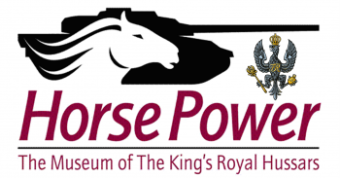VE Day 80th Anniversary – 8th May 1945
VE Day 80th Anniversary – 8th May 1945 Thursday 8th May 2025 marks 80 years since the end of the Second World War in Europe. On this day in 1945 Field Marshal Wilhelm Keitel signed the German Instrument of Surrender, after Soviet troops had conquered Berlin six days before. This signified Germany’s unconditional surrender to […]
The Drake Family and The First World War
By Angel Drinkwater (Museum Assistant) 2024 marked the 110th anniversary of the start of The First World War, and 1914 was a year that would go on to impact the lives of many, especially those families who saw their men off to war. The Drakes, with their four sons, three of whom served with the […]
23rd November 2024 – A Visit to Datchet
On Saturday 23rd November, the Museum had the pleasure of attending the unveiling ceremony for Datchet’s first blue plaque, honouring the gallantry of Sgt. Henry Engleheart V.C. of the 10th Royal Hussars. Sgt. Henry Engleheart pictured wearing his Victoria Cross (right shoulder) As you may know, Engleheart received the Victoria Cross for bravery during the […]
The 23rd Hussars
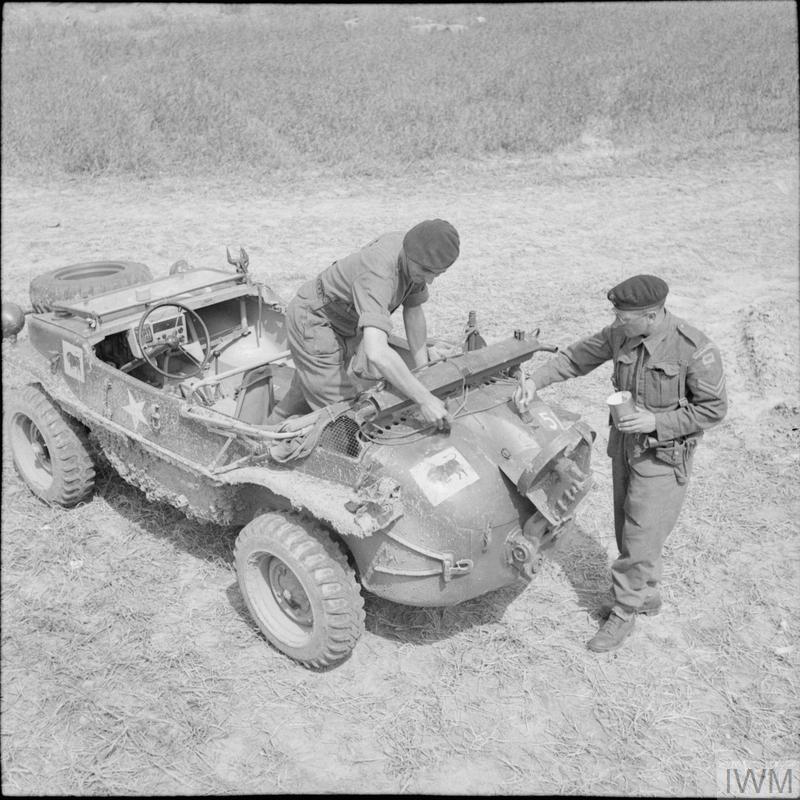
Museum Highlights – 23rd Hussars By Angel Drinkwater (Museum Assistant) We will be highlighting some of the Museum’s recent acquisitions. The families of Corporal George F. Towle and William George Vincent, 23rd Hussars, have generously gifted us some of their wartime memorabilia, and so we will be taking the opportunity to explore their lives. A […]
Second Battle of Ypres – Battle of Frezenberg, 8th-13th May 1915
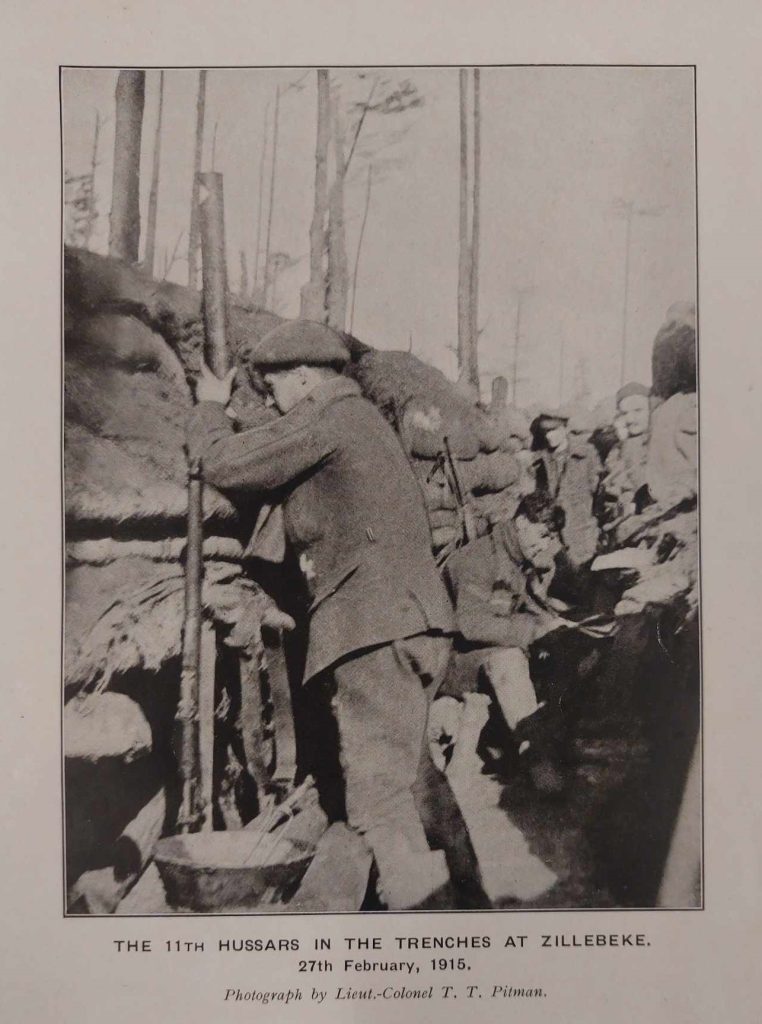
8th-13th May 2024 marks the 109th anniversary of the Battle of Frezenberg, the third of four major battles making up the Second Battle of Ypres. This month we’ll be exploring the actions of the courageous men of the 10th Hussars, looking at how they earned themselves the Battle Honour of Frezenberg, 1915.
French Heroines of the Great War
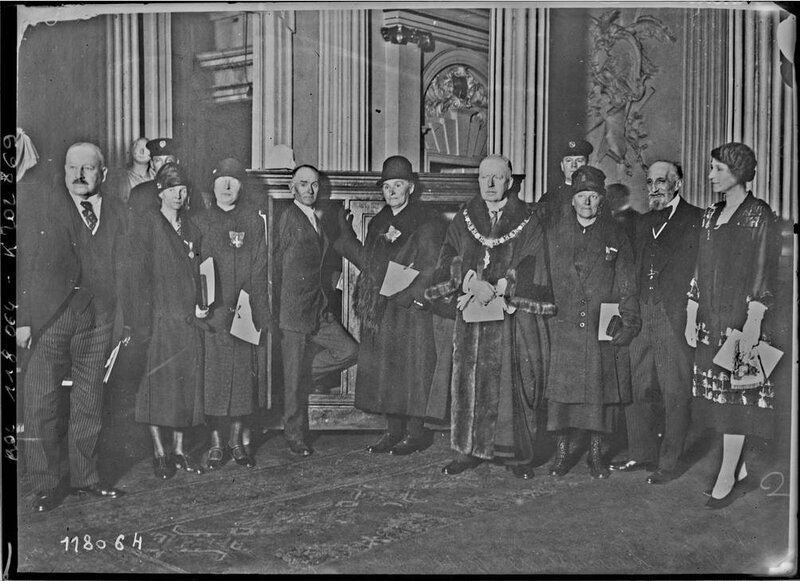
Monthly Highlight March 2024 – Women’s History Month 2024 French Heroines of the Great War By Angel Drinkwater (Museum Assistant) In light of March being Women’s History Month we have been researching some of the amazing women linked to our regiment. Today we bring to you three such women, known as the French Heroines of […]
The Battle of El Teb 140th Anniversary
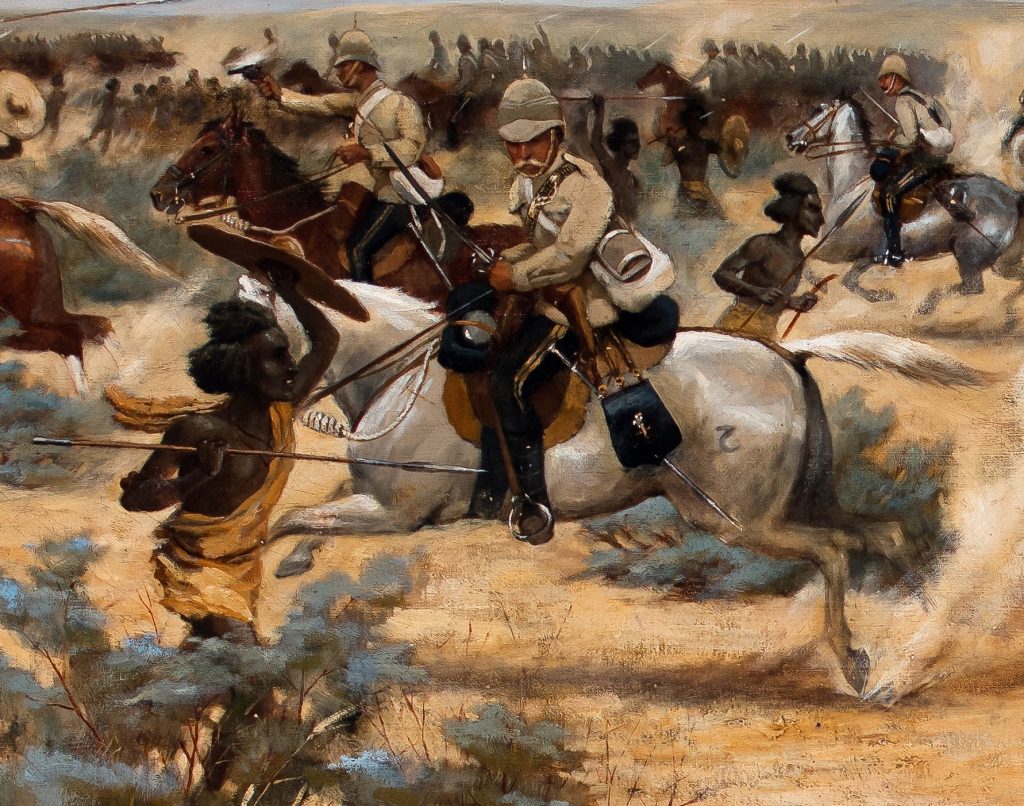
The 10th Hussars at El Teb 140th Anniversary 29 February 2024 This year marks the 140th anniversary of The Second Battle of El Teb, fought on 29 February 1884 during the Sudan Campaign and an important battle in the history of the 10th Royal Hussars. The Second Battle of El Teb was the opening battle of […]
James Curran DCM
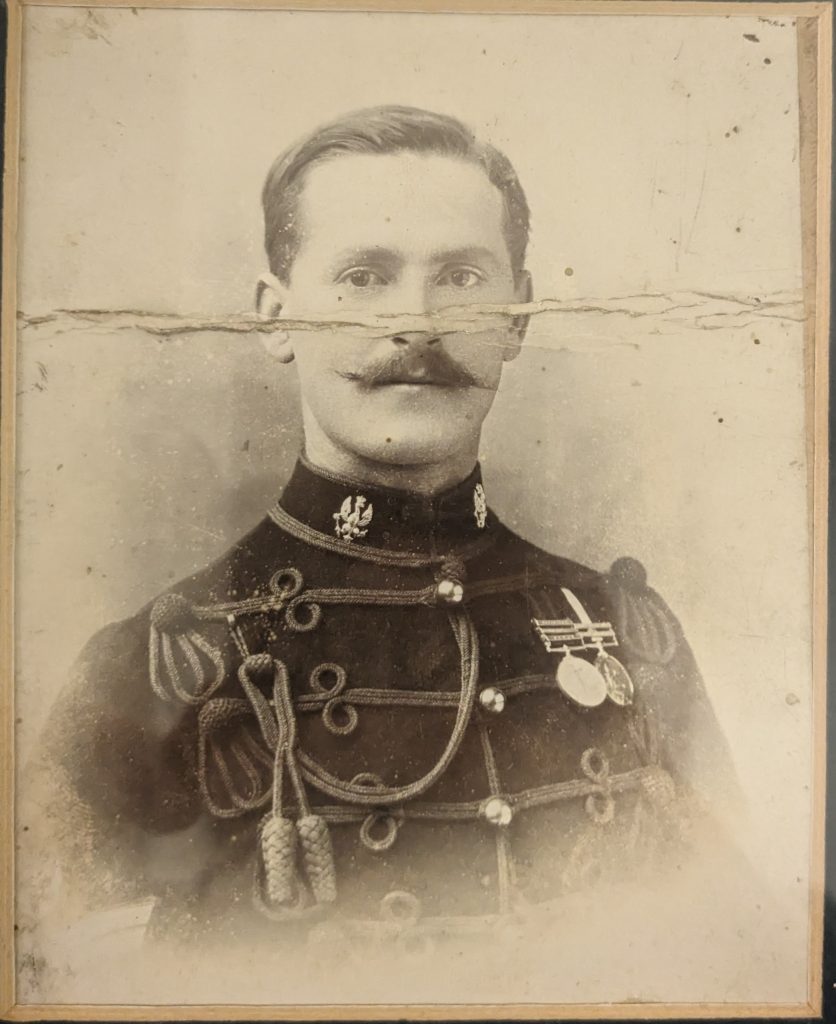
Medals from the Museum – James Curran DCM In our latest highlight we are exploring the story behind one of the fantastic medal groups in the Museum collection, those of Squadron Sergeant Major James Curran DCM. He was born into the 14th Hussars and followed his father into the Army, serving with two predecessors of […]
Brigadier-General C. R. Cureton
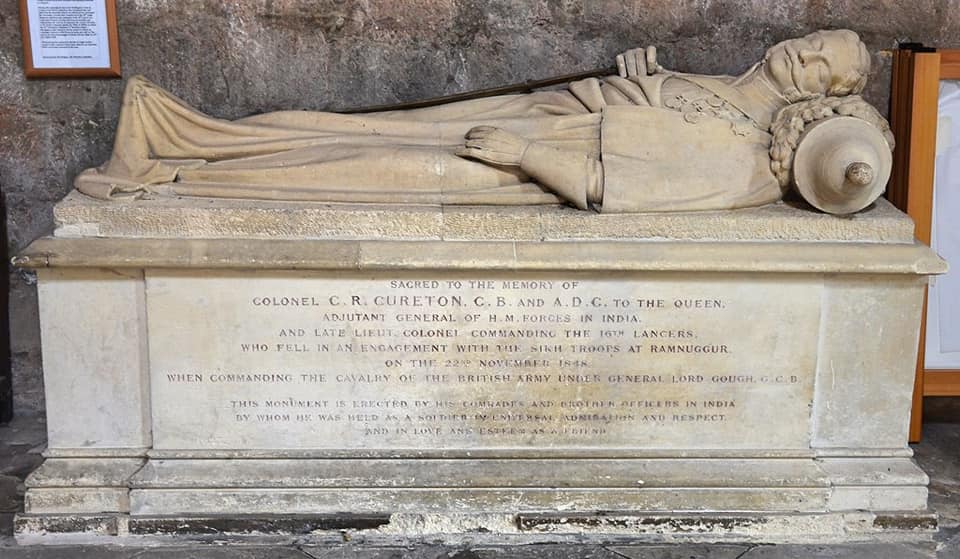
Brigadier-General Charles Robert Cureton One of the ‘Heroes of Ramnuggur’ For the 175th anniversary of the Battle of Ramnuggur [Ramnagar] we have been looking at the incredible life of Brigadier-General Charles Robert Cureton, the highest ranking casualty of the battle, and a soldier whose links with the 14th Light Dragoons began almost forty years before […]
A Letter from Normandy
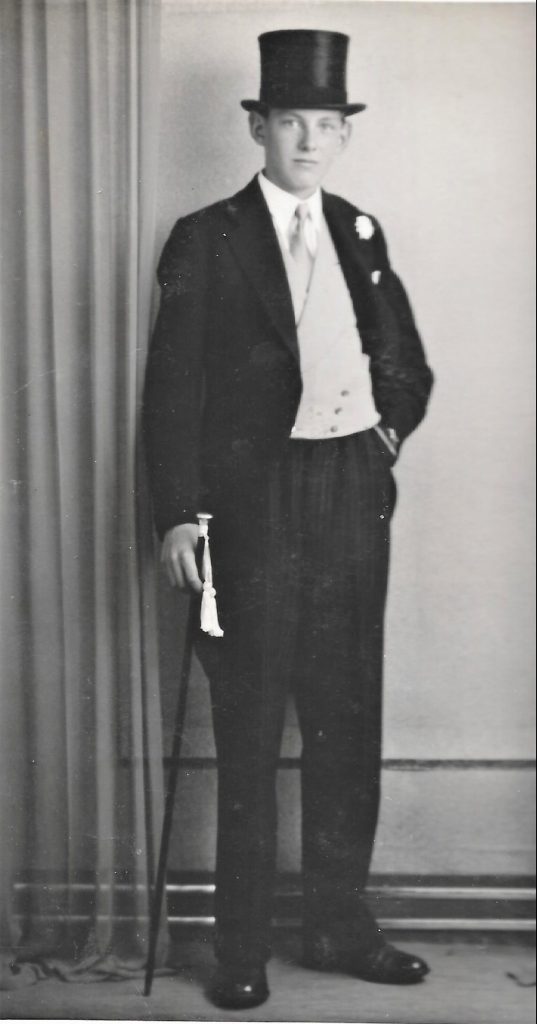
August 2023 – we look at a letter written by a young officer of the 11th Hussars, whose first experience of war was the opening months of the Battle of Normandy.
We look at a letter written by a young officer of the 11th Hussars, whose first experience of war was the opening months of the Battle of Normandy.
